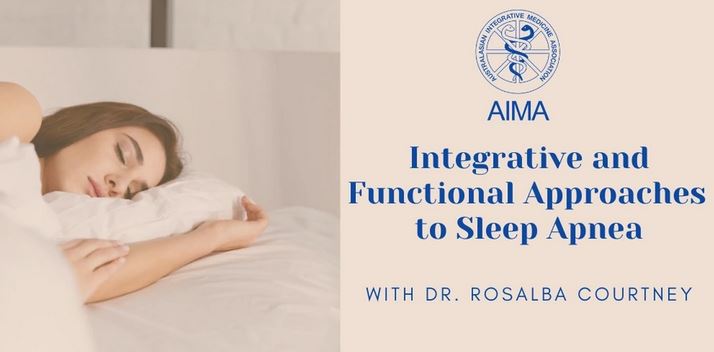Sleep Apnea is becoming a major health concern with research showing increasing prevalence across the lifespan. Recent studies have shown that 1 in 10 Australians suffer from undiagnosed sleep apnea and prevalence in males over the age of 40 appears to be as high at 49% (Simpson et al., 2013).
Untreated OSA can cause short term health issues like impaired neurocognitive function, metabolic dysfunction, and daytime fatigue. Long term OSA has been linked to diabetes, a range of cardiovascular diseases, depression, Alzheimers disease, and other chronic illnesses (Senaratna et al., 2016).
However, there are many challenges to the effective management of OSA. The gold standard treatments such as continuous positive airway pressure and mandibular advancement devices are often unsuccessful or poorly tolerated. These treatments which only target anatomical aspects of OSA may only be successful in 50% of patients. Non-anatomical causes of OSA including neural control of the upper airway dilating muscles, arousal threshold, and stability of breathing control are important contributing factors in at least 60% of patients with OSA (Eckert, 2016).
Treatments that address these functional or physiological drivers of OSA may be the key to the successful treatment of OSA. Examples of these types of treatment include functional training of upper airway muscles, breathing mechanics, and tongue function, reduction of systemic inflammation, and improvement of chemoreceptor flexibility. These types of treatments have been shown to reduce OSA severity and may be key solutions or important adjunctive treatment in patients with mild or moderate anatomical deficit. (Courtney, 2020).
By the end of this two-hour workshop you will:
- understand treatment options for sleep apnea beyond CPAP and mandibular advancements
- understand key anatomical and functional phenotypes of OSA
- recognize the impact of dysfunctional breathing on treatment outcomes for OSA
- understand how improving nasal breathing and upper airway function reduces sleep apnea


